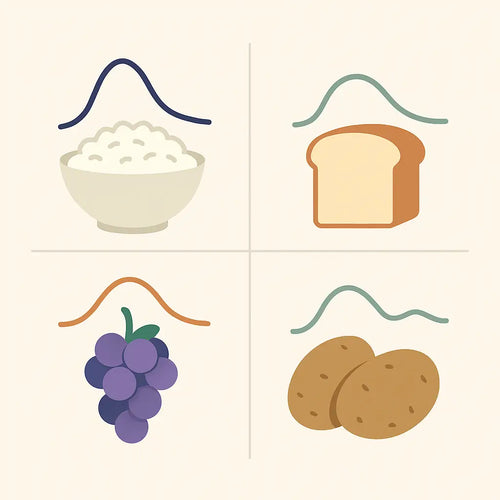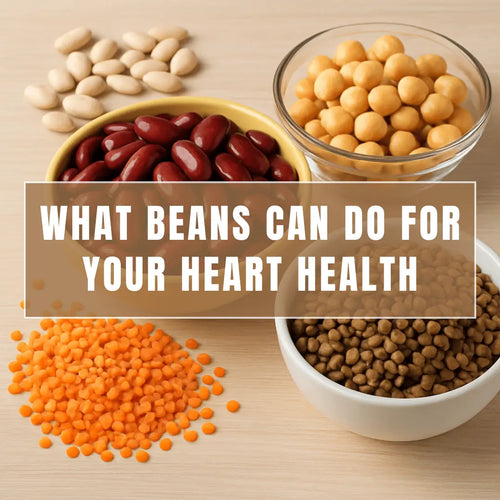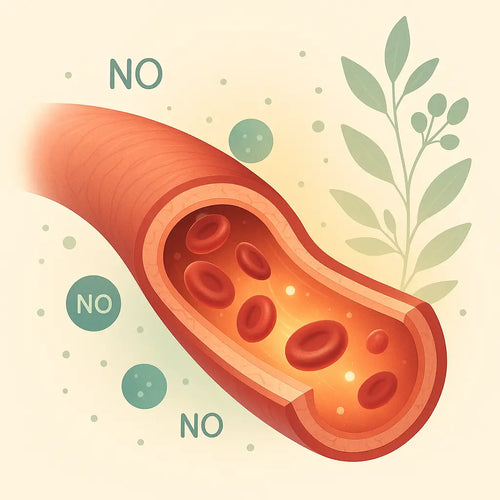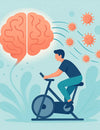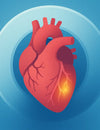In the last article I wrote, I referred to research showing that low aerobic capacity was associated with increased mortality.
To evaluate aerobic capacity the way they did it in those studies, you have to visit a clinic and have a so called stress test done.
This may be both inconvenient and costly, but there is a very easy way to assess your mortality risk yourself.
The only tool you need is a watch.
Maybe this looks too simple, but there is good evidence showing that the method is very reliable.
Multiple studies have examined the relationship between resting heart rate and mortality (Teodorescu C, et al. 2013, Jensen MT, et al. 2012, Cooney MT, et al. 2010).
112,680 participants were included in this particular study, and they were followed for an average of 7.4 years (Woodward M, et al. 2014).
It was found that there was a continuous, increasing association between having a resting heart rate above approximately 65 beats per minute and the risk of both cardiovascular and all cause mortality.
Adjusting for age and systolic blood pressure did not change the results.
Why would the resting heart rate be so important?
It is probably more than one reason for that, but when 6,004 individuals both men and women were evaluated, it was found that the ones with a resting heart rate of more than 80 beats per minute had increased atherosclerosis compared to the individuals with less than 60 beats per minute (Rubin J, et al. 2012).
There is more than one way you can improve your resting heart rate.
I will write about that in the next article.
I think you will be surprised, it’s really interesting.
Cooney MT1, Vartiainen E, Laatikainen T, Juolevi A, Dudina A, Graham IM. Elevated resting heart rate is an independent risk factor for cardiovascular disease in healthy men and women. Am Heart J. 2010 Apr;159(4):612-619.e3. doi: 10.1016/j.ahj.2009.12.029.
Jensen MT1, Marott JL, Allin KH, Nordestgaard BG, Jensen GB. Resting heart rate is associated with cardiovascular and all-cause mortality after adjusting for inflammatory markers: the Copenhagen City Heart Study. Eur J Prev Cardiol. 2012 Feb;19(1):102-8. doi: 10.1177/1741826710394274. Epub 2011 Apr 27.
Rubin J1, Blaha MJ, Budoff MJ, Rivera JJ, Shaw LJ, Blankstein R, Mallah MA, Carr JJ, Jones DL, Blumenthal RS, Nasir K. The relationship between resting heart rate and incidence and progression of coronary artery calcification: the Multi-Ethnic Study of Atherosclerosis (MESA). Atherosclerosis. 2012 Jan;220(1):194-200. doi: 10.1016/j.atherosclerosis.2011.06.033. Epub 2011 Jun 25.
Teodorescu C1, Reinier K, Uy-Evanado A, Gunson K, Jui J, Chugh SS. Resting heart rate and risk of sudden cardiac death in the general population: influence of left ventricular systolic dysfunction and heart rate-modulating drugs. Heart Rhythm. 2013 Aug;10(8):1153-8. doi: 10.1016/j.hrthm.2013.05.009. Epub 2013 May 13.
Woodward M1, Webster R2, Murakami Y3, Barzi F2, Lam TH4, Fang X5, Suh I6, Batty GD7, Huxley R8, Rodgers A2; from the Asia Pacific Cohort Studies Collaboration. The association between resting heart rate, cardiovascular disease and mortality: evidence from 112,680 men and women in 12 cohorts. Eur J Prev Cardiol. 2014 Jun;21(6):719-26. doi: 10.1177/2047487312452501. Epub 2012 Jun 20.
Exercise for Maximum Benefits
Spending Minimum Time

What if you could increase your odds of living longer and also reduce your risk for
serious disease without spending much time and without it interfering with your schedule.
You could even implement it at work, it takes literally a few seconds, a few times a day, to implement.



